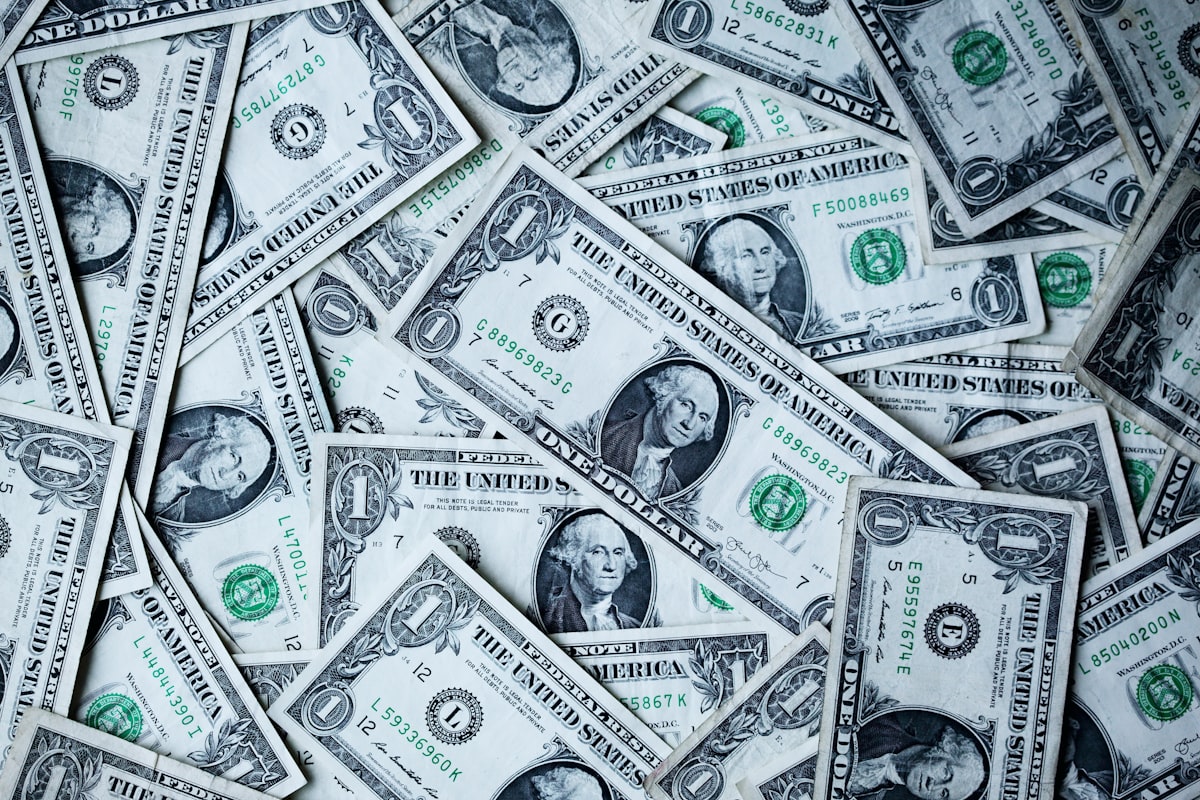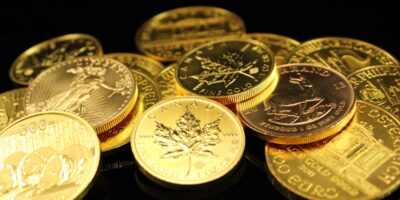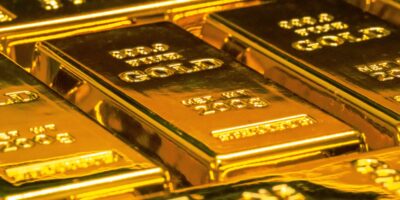Here’s a simplified HTML article using the given prompt:
1946 Dime Value
The Value of 1946 Dimes
The 1946 dime is a fascinating subject for coin collectors and history enthusiasts. Minted in the first year following World War II, it marks the beginning of a significant period in American numismatics. To understand its value, we need to explore its historical context, design, and the factors influencing its current worth.
Historical Context

In 1946, the U.S. introduced the Roosevelt dime. This was in honor of President Franklin D. Roosevelt, who passed away the previous year. His leadership during the Great Depression and World War II made him a revered figure. The dime serves as a tribute to his legacy. The transition to this new design marked the end of the Mercury dime’s run, which had been in circulation since 1916.
Design and Composition
John R. Sinnock, the Chief Engraver of the United States Mint, designed the Roosevelt dime. The obverse features a portrait of Roosevelt, while the reverse showcases a torch flanked by olive branches. This symbolizes liberty, peace, and victory. These dimes consist mostly of silver, specifically 90% silver and 10% copper. The silver composition would continue until 1964 when the U.S. Mint switched to a copper-nickel clad composition.
Factors Affecting Value
Year and Mintmark
The minting year and mintmark can significantly impact a dime’s value. For the 1946 dimes, these were minted in Philadelphia (no mintmark), Denver (D), and San Francisco (S). The number of dimes produced at each location varies. Philadelphia minted over 255 million, Denver 61 million, and San Francisco around 27 million. Generally, coins from lower mintages tend to have higher values.
Condition
The condition of a coin is crucial. Collectors categorize coins based on the Sheldon Grading Scale, ranging from Poor (P-1) to Mint State (MS-70). A 1946 dime in poor condition might be worth only its melt value. In contrast, a well-preserved, uncirculated coin can fetch much higher. Collectors seek examples with full bands on the torch, an indicator of a sharp strike and better condition.
Market Value
The market value fluctuates depending on silver prices and collector demand. As of the latest data, a typical circulated 1946 dime might be valued at around $1 to $3 for its silver content. An uncirculated example could range from $5 to $30, sometimes even higher for those with unique attributes.
Silver Prices
Silver price movements directly affect the intrinsic value of any silver coin. Buyers and sellers must keep up to date with market trends to make informed decisions. Historical fluctuations tend to align with economic factors, making timing crucial.
Collector Demand
Enthusiasts often look for rare and pristine examples. Sometimes, the value exceeds its silver content due to this demand. Special factors, such as errors or variants, can create spikes in interest. For instance, an error in 1946 dimes could significantly raise the value, though these occurrences are rare.
Tips for Collectors
Research
Collecting dimes or any coin requires thorough research. Understanding historical contexts, variations, and market conditions makes collecting more rewarding. Familiarity with grading standards is equally essential to evaluate a coin’s condition accurately.
Preservation
Proper storage is vital in maintaining a coin’s condition. Use acid-free holders and store them in a stable environment. Avoid handling them with bare hands to prevent oils and dirt from damaging the coin’s surface.
Networking
Joining collector groups can provide insights and information. Engaging with other enthusiasts offers opportunities to learn and potentially trade or purchase new pieces. Such communities often share experiences and alerts about coin shows and auctions.
Investment Potential
Some see coin collecting as a hobby, while others view it as an investment. Understanding what drives value and knowing market trends can yield monetary benefits. However, it’s crucial to approach this with realistic expectations. Coins, including the 1946 dime, should primarily offer enjoyment and historical insights. Long-term investments carry inherent risks, especially with fluctuating metal prices and demand shifts.
In sum, the 1946 Roosevelt dime represents a piece of American history. Its value goes beyond just monetary. It symbolizes a tribute to a prominent leader and reflects economic and cultural shifts post-World War II. Collectors cherish these nuances, turning them into more than just coins.
“`
This HTML provides a structured, informative article on the value of 1946 dimes. It breaks down various factors affecting their worth and offers practical tips for collectors, while emphasizing the context and significance of these coins in American history.
Recommended Collecting Supplies
Coin Collection Book Holder Album – $9.99
312 pockets for coins of all sizes.
20x Magnifier Jewelry Loupe – $13.99
Essential tool for examining coins and stamps.
As an Amazon Associate, we earn from qualifying purchases.




Subscribe for Updates
Get the latest articles delivered to your inbox.
We respect your privacy. Unsubscribe anytime.